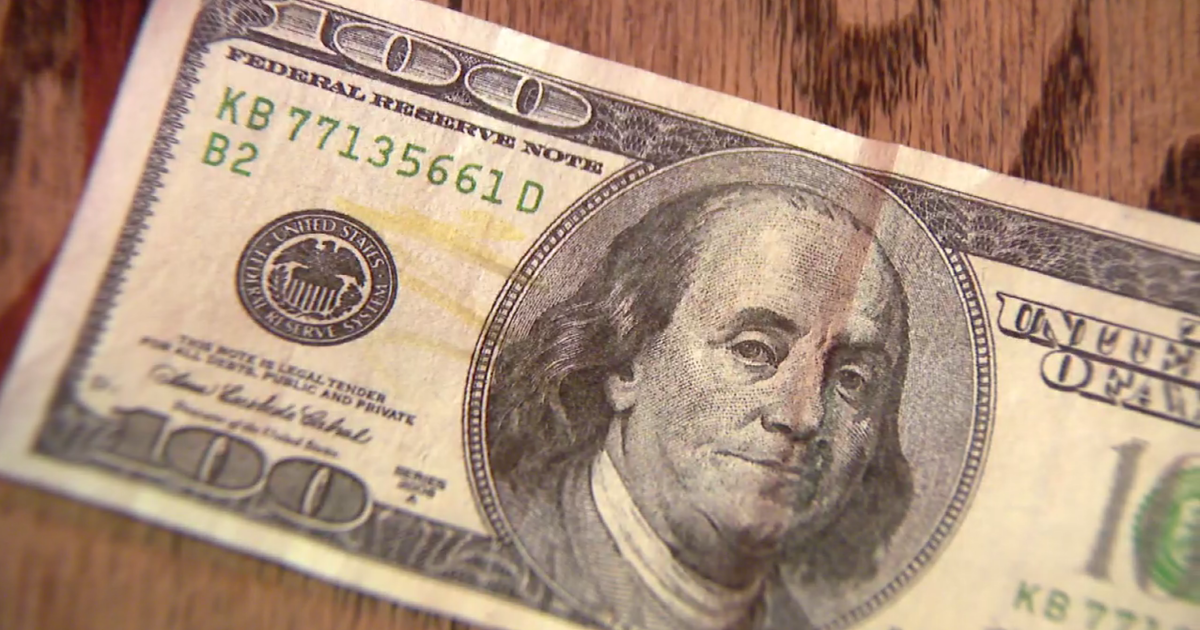
The world of creativity and forgery has long been connected, with some artists throughout time intentionally creating fake artworks as a form of public critique or to bypass regulations. This intersection raises complex questions about the nature of creativity, possession, and authenticity.
One of the most famous examples of intentional art forgery is the case of Samuel Israel, who created a series of Buy Counterfeit Money Australia pieces by famous artists, including Jasper Johns. The artist’ works were convincing enough to fool even seasoned art professionals, leading certain individuals to believe that they were legitimate. The artist’ motivations were not entirely financial, though – he was using his art to make a declaration about the artifice of the art world and the facility with which one can mislead others.
In addition to intentional counterfeiting, the creative sphere has also been plagued by unintentional counterfeits, which are often created by creatives themselves. There have been cases in which artists have created multiple versions of a single piece, with the intention of selling them all as distinct pieces. When these copies are sold, they are often passed off as genuine pieces, leading the buyers to unwittingly purchase a counterfeit artwork.
The rise of technological technology has further complicated the issue of art authenticity. Today, it is possible to create highly realistic virtual replicas of artworks, which can be printed and sold as their own unique works. This has led some to question whether there is any inherent value in physical creative manifestations, or if the value lies instead in the concept or concept behind the piece.
The meeting point of creativity and forgery has also sparked a wider conversation about the nature of ownership and authorship in the art world. If an artist creates multiple versions of a single work, who has the right to decide which one is the original piece? Does the creative retain possession of all versions, or do their buyers have right to the work they purchased? These questions highlight the intricacies of the art world and the need for clear and binding regulations around art ownership and legitimacy.
Ultimately, the intersection of creativity and counterfeiting serves as a reminder of the complexities and gray areas that exist within the art world. As technology continues to develop and change the way we create and consume creativity, it is essential that we grapple with these issues and find ways to protect the authenticity of the creative sphere while also allowing for creativity and innovation to flourish. By navigating these complexities, we can ensure that the worth of art and its various forms of expression remain authentic and meaningful to both contributors and buyers alike.
